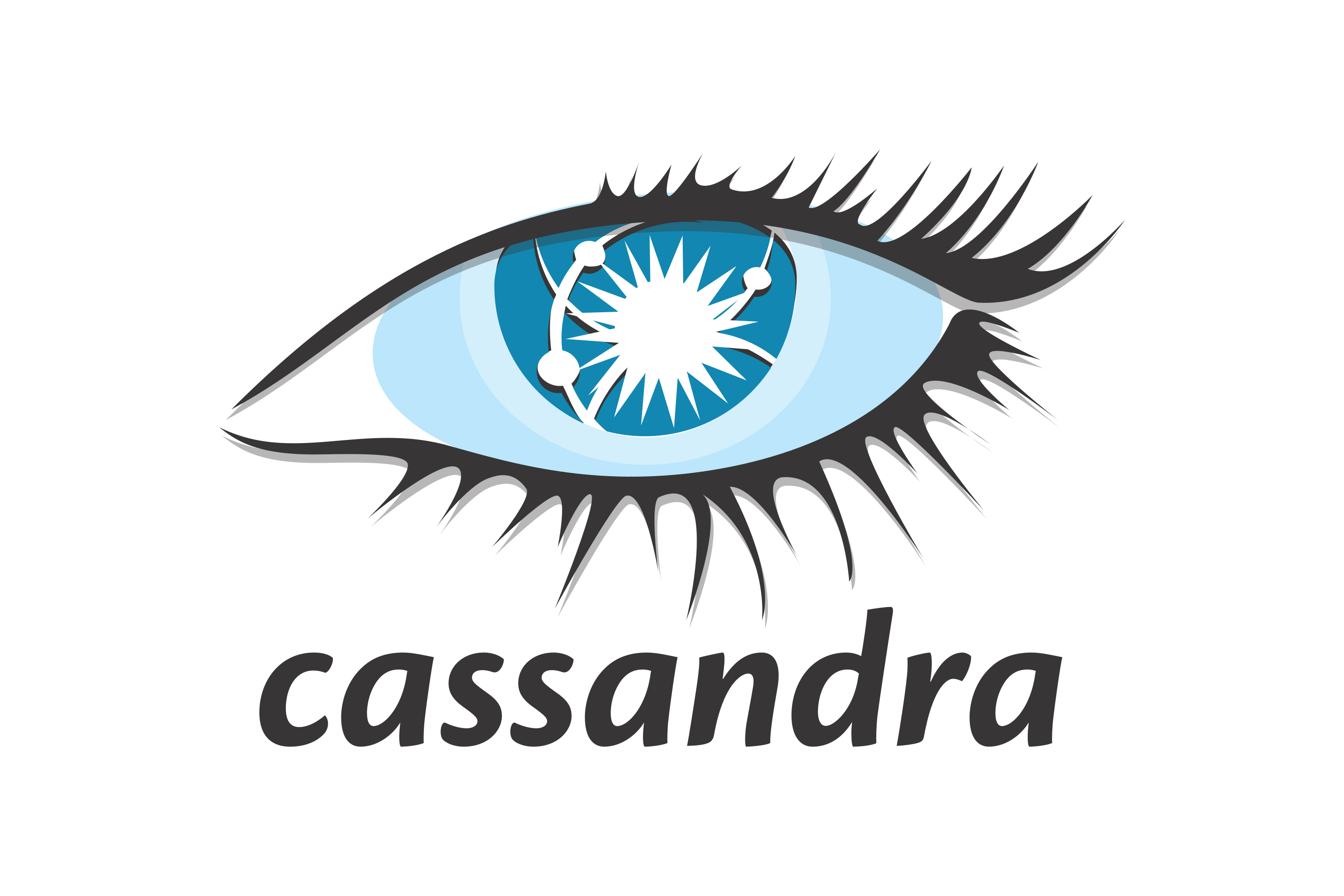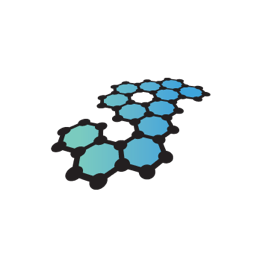Apache Cassandra vs Graphite
A detailed comparison
Compare Apache Cassandra and Graphite for time series and OLAP workloads
Learn About Time Series DatabasesChoosing the right database is a critical choice when building any software application. All databases have different strengths and weaknesses when it comes to performance, so deciding which database has the most benefits and the most minor downsides for your specific use case and data model is an important decision. Below you will find an overview of the key concepts, architecture, features, use cases, and pricing models of Apache Cassandra and Graphite so you can quickly see how they compare against each other.
The primary purpose of this article is to compare how Apache Cassandra and Graphite perform for workloads involving time series data, not for all possible use cases. Time series data typically presents a unique challenge in terms of database performance. This is due to the high volume of data being written and the query patterns to access that data. This article doesn’t intend to make the case for which database is better; it simply provides an overview of each database so you can make an informed decision.
Apache Cassandra vs Graphite Breakdown
 |
 |
|
| Database Model | Distributed wide-column database |
Time series database |
| Architecture | Apache Cassandra follows a masterless, peer-to-peer architecture, where each node in the cluster is functionally the same and communicates with other nodes using a gossip protocol. Data is distributed across nodes in the cluster using consistent hashing, and Cassandra supports tunable consistency levels for read and write operations. It can be deployed on-premises, in the cloud, or as a managed service |
Graphite can be deployed on-premises or in the cloud, and it supports horizontal scaling by partitioning data across multiple backend nodes. |
| License | Apache 2.0 |
Apache 2.0 |
| Use Cases | High write throughput applications, time series data, messaging systems, recommendation engines, IoT |
Monitoring, observability, IoT, real-time analytics, DevOps, application performance monitoring |
| Scalability | Horizontally scalable with support for data partitioning, replication, and linear scalability as nodes are added |
Horizontally scalable, supports clustering and replication for high availability and performance |
Apache Cassandra Overview
Apache Cassandra is a highly scalable, distributed, and decentralized NoSQL database designed to handle large amounts of data across many commodity servers. Originally created by Facebook, Cassandra is now an Apache Software Foundation project. Its primary focus is on providing high availability, fault tolerance, and linear scalability, making it a popular choice for applications with demanding workloads and low-latency requirements.
Graphite Overview
Graphite is an open-source monitoring and graphing tool created in 2006 by Orbitz and open sourced in 2008. Graphite is designed for storing time series data and is widely used for collecting, storing, and visualizing metrics from various sources, such as application performance, system monitoring, and business analytics.
Apache Cassandra for Time Series Data
Cassandra can be used for handling time series data due to its distributed architecture and support for time-based partitioning. Time series data can be efficiently stored and retrieved using partition keys based on time ranges, ensuring quick access to data points.
Graphite for Time Series Data
Graphite is specifically designed and optimized for time series data. It uses the Whisper database format, which efficiently stores and manages time series data by automatically aggregating and expiring data based on user-defined retention policies. Graphite supports a wide range of functions for querying, transforming, and aggregating time series data, enabling users to create custom graphs and dashboards. However, as Graphite focuses exclusively on time series data, it may not be suitable for other types of data or use cases that require more advanced data modeling or querying capabilities.
Apache Cassandra Key Concepts
- Column Family: Similar to a table in a relational database, a column family is a collection of rows, each consisting of a key-value pair.
- Partition Key: A unique identifier used to distribute data across multiple nodes in the cluster, ensuring even distribution and fast data retrieval.
- Replication Factor: The number of copies of data stored across different nodes in the cluster to provide fault tolerance and high availability.
- Consistency Level: A configurable parameter that determines the trade-off between read/write performance and data consistency across the cluster.
Graphite Key Concepts
- Metric: A metric in Graphite represents a time series data point, consisting of a path (name), timestamp, and value.
- Series: A series is a collection of metrics that are all related to the same thing. For example, you might have a series for CPU usage, a series for memory usage, and a series for disk usage.
- Whisper: Whisper is a fixed-size, file-based time series database format used by Graphite. It automatically manages data retention and aggregation.
- Carbon: Carbon is the daemon responsible for receiving, caching, and storing metrics in Graphite. It listens for incoming metrics and writes them to Whisper files.
- Graphite-web: Graphite-web is the web application that provides a user interface for visualizing and querying the stored time series data.
Apache Cassandra Architecture
Cassandra uses a masterless, peer-to-peer architecture, in which all nodes are equal, and there is no single point of failure. This design ensures high availability and fault tolerance. Cassandra’s data model is a hybrid between a key-value and column-oriented system, where data is partitioned across nodes based on partition keys and stored in column families. Cassandra supports tunable consistency, allowing users to adjust the balance between data consistency and performance based on their specific needs.
Graphite Architecture
Graphite’s architecture consists of several components, including Carbon, Whisper, and Graphite-web. Carbon is responsible for receiving metrics from various sources, caching them in memory, and storing them in Whisper files. Whisper is a file-based time series database format that efficiently manages data retention and aggregation. Graphite-web is the web application that provides a user interface for querying and visualizing the stored time series data. Graphite can be deployed on a single server or distributed across multiple servers for improved performance and scalability.
Free Time-Series Database Guide
Get a comprehensive review of alternatives and critical requirements for selecting yours.
Apache Cassandra Features
Linear Scalability
Cassandra can scale horizontally, adding nodes to the cluster to accommodate growing workloads and maintain consistent performance.
High Availability
With no single point of failure and support for data replication, Cassandra ensures data is always accessible, even in the event of node failures.
Tunable Consistency
Users can balance between data consistency and performance by adjusting consistency levels based on their application’s requirements.
Graphite Features
Real-time monitoring and visualization
Graphite provides real-time monitoring and visualization capabilities, allowing users to track and analyze their time series data as it is collected.
Flexible querying and aggregation functions
Graphite supports a wide range of functions for querying, transforming, and aggregating time series data, enabling users to create custom graphs and dashboards tailored to their specific needs.
Data retention and aggregation
Graphite’s Whisper database format automatically manages data retention and aggregation, reducing storage requirements and improving query performance.
Apache Cassandra Use Cases
Messaging and Social Media Platforms
Cassandra’s high availability and low-latency make it suitable for messaging and social media applications that require fast, consistent access to user data.
IoT and Distributed Systems
With its ability to handle large amounts of data across distributed nodes, Cassandra is an excellent choice for IoT applications and other distributed systems that generate massive data streams.
E-commerce
Cassandra is a good fit for E-commerce use cases because it has the ability to support things like real-time inventory status and it’s architecture also allows for reduced latency by allowing region specific data to be closer to users.
Graphite Use Cases
Application performance monitoring
Graphite is widely used for monitoring the performance of applications and services, helping developers and operations teams track key metrics, such as response times, error rates, and resource utilization. By visualizing these metrics in real-time, users can identify performance bottlenecks, detect issues, and optimize their applications for better performance and reliability.
Infrastructure and system monitoring
Graphite is also popular for monitoring the health and performance of servers, networks, and other infrastructure components. By collecting and analyzing metrics such as CPU usage, memory consumption, network latency, and disk I/O, IT administrators can ensure their infrastructure is running smoothly and proactively address potential issues before they impact system performance or availability.
Business analytics and metrics
In addition to technical monitoring, Graphite can be used for tracking and visualizing business-related metrics, such as user engagement, sales data, or marketing campaign performance. By visualizing and analyzing these metrics over time, business stakeholders can gain insights into trends, identify opportunities for growth, and make data-driven decisions to improve their operations.
Apache Cassandra Pricing Model
Apache Cassandra is an open-source project, and there are no licensing fees associated with its use. However, costs can arise from hardware, hosting, and operational expenses when deploying a self-managed Cassandra cluster. Additionally, several managed Cassandra services, such as DataStax Astra and Amazon Keyspaces, offer different pricing models based on factors like data storage, request throughput, and support.
Graphite Pricing Model
Graphite is an open-source project, and as such, it is freely available for users to download, install, and use without any licensing fees. However, users are responsible for setting up and maintaining their own Graphite infrastructure, which may involve costs related to server hardware, storage, and operational expenses. There are also several commercial products and services that build on top of or integrate with Graphite, offering additional features, support, or managed hosting options at varying price points.
Get started with InfluxDB for free
InfluxDB Cloud is the fastest way to start storing and analyzing your time series data.